Taking Paul MacDonald's Innovative Cocktail Menu for a Spin
The Philadelphia bartender has long used the Fibonacci sequence to build cocktails. Now he's used it to create a menu unlike anything else.
Welcome to the weekend! Here’s what you’ll find in this week’s newsletter:
Cover Story: Paul MacDonald uses the Fibonacci sequence as the basis for his new cocktail menu at Philadelphia’s Lovers Bar. We dig into how it all works.
March’s Featured Field Guide: Our featured guide this month is our brand-new Philadelphia Field Guide, which is a three-day itinerary to the city that includes recommendations for breakfast, lunch, dinner, drinks, and more. Paid subscribers get our Philadelphia Field Guide plus free access to our full library of city guides and our Google Map, which has more than 650 recommended spots across the country!
The Order: When in New Orleans, we never miss Clancy’s. Here’s what you should get when you go to the Creole restaurant.
Weekend Reading: Cincinnati chili dip,
with an innovative way to recommend bars, plus a list of great Miami spots for Cuban food.Take a Ride with the Carousel Menu
PHILADELPHIA, PA. — All cocktails require math. A perfectly balanced drink is about dialing in ratios, understanding dilution, and other aspects that require knowing some numbers. At the Lovers Bar at Friday, Saturday, Sunday, Paul MacDonald’s signature Fibonacci cocktails take this a step further, since they’re based on a specific mathematical idea. The Fibonacci sequence is a series in which each number is the sum of the previous two numbers. So for MacDonald’s cocktails, he uses a ratio of ¼ ounce, ¼ ounce, ½ ounce, ¾ ounce, and 1¼ ounces for the five ingredients in the drink.
“The original concept was something I stumbled upon,” MacDonald explains. “I had an idea for a stirred cocktail consisting of five contrasting fortified wines arranged so that every flavor profile was present in succession with a long, meandering flavor profile that unfolds slowly over the palate. We tried a lot of ratios, and the one that happened to work best corresponded to the Fibonacci sequence.”
While MacDonald has offered a Fibonacci cocktail on his menu for years, he recently launched a full menu, The Carousel, which is based entirely on these drinks. That’s because after some experimentation, he realized that there were many, many drinks that worked perfectly when built using the Fibonacci ratio.
“A lot of times you can encourage creativity by enforcing artificial constraints that make you try things you wouldn't otherwise try,” he says. Since it kept working, he kept creating more Fibonacci cocktails. “Not all of my cocktails were, but it became a signature of the Friday, Saturday, Sunday program,” he says. “There was always one on the menu, and people would come and ask what it was.”
“It’s a way to explore the full potential within a given bottle.”
— Paul MacDonald
Now, The Carousel menu, which has 21 different spirits, liqueurs, and fortified wines listed on a Wheel of Fortune-style disc, can create 42 distinct Fibonacci cocktails since it works if you spin it clockwise as well as counter-clockwise. All the drinks are stirred as there are no fresh ingredients like lemon or lime juice used. Also absent: sugar and bitters. The drinks strictly consist of the five ingredients shown in the window on the menu. In addition, all are presented the same way, on a big ice cube with no garnish. This is for ease of creating 42 different drinks, but it also strips away the “extras” and puts all the focus on the five ingredients in the glass.
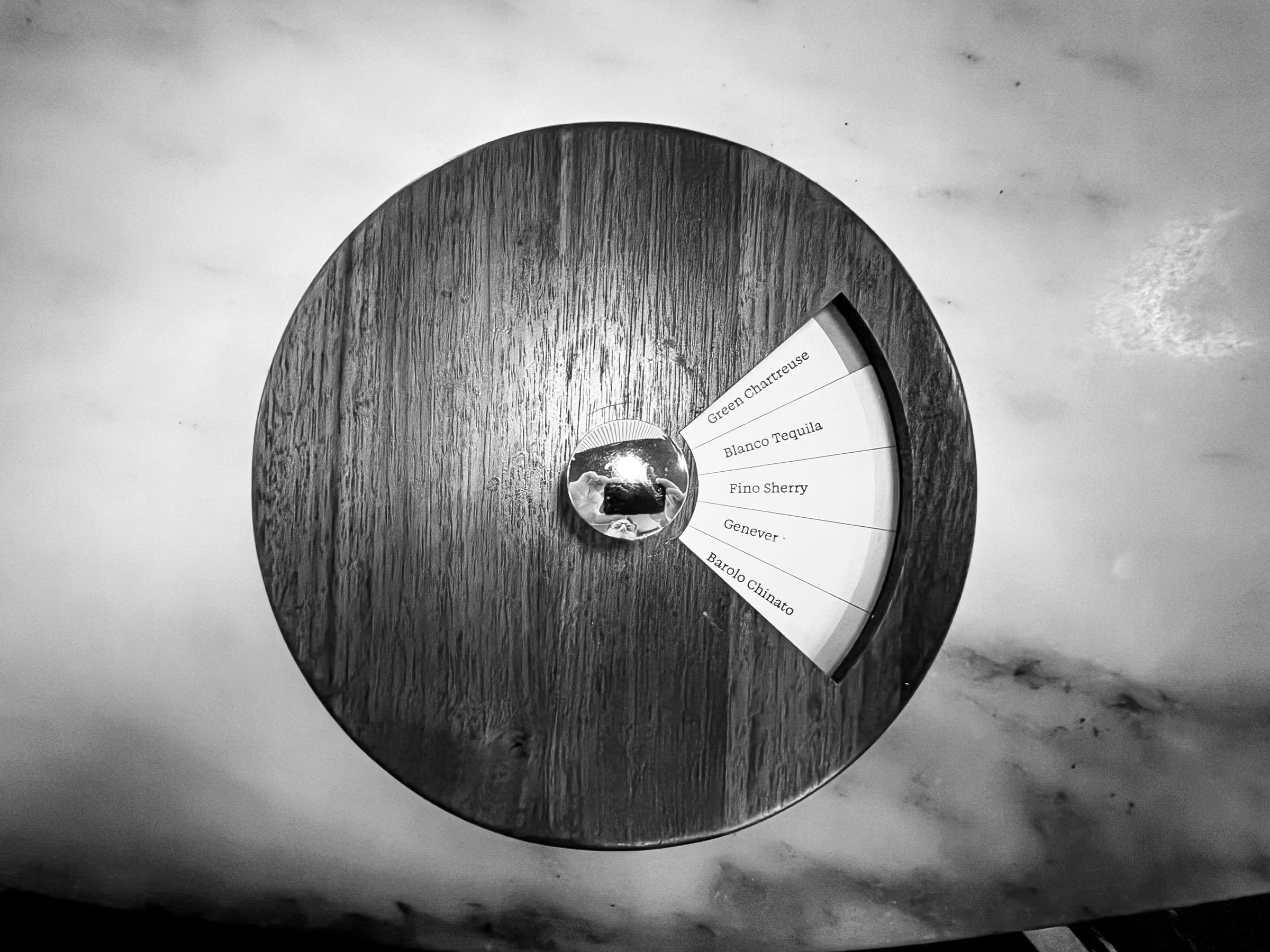
When I was handed the wheel, I spun through all the options, considering the different combinations that appeared. The window highlights five bottles, which are then used to create a drink using the Fibonacci ratio, going from smallest to largest proportions (or reverse, if we’re going with a counter-clockwise order). For my first one, I selected one made with Sercial Madeira, quinquina, Punt e Mes, Cardamaro, and vermouth di Torino, which happened to be the exact first Fibonacci cocktail that MacDonald created. Like all the Fibonacci drinks, it has a complex but very well-balanced flavor profile, and is the kind of low-ABV cocktail I gravitate toward.
Next, I tried one with fino sherry, genever, barolo chinato, rhubarb liqueur, and oloroso sherry. If you want to try a slight variation on it, moving the wheel one tick down pushes oloroso out, rhubarb becomes the base, and blanco tequila moves in. It’s fascinating to see how one shift of the wheel and a single change in the ingredients used can make a big difference in how a cocktail comes together. MacDonald says that working within this set ingredient ratio helped him see how certain spirits can fill different roles in drinks. “You’re taking an ingredient and moving it into different functional spaces within the ratio,” he says. “It’s a way to explore the full potential within a given bottle.”
Not every bottle can work in this format, but MacDonald says that some that made the cut, like green chartreuse, Smith & Cross Jamaica Rum, and Giffard rhubarb liqueur, initially presented difficulties. “Those are not ever really base ingredients, so it was a challenge to figure out creative ways to balance the drinks with an ounce and a quarter of those,” he explains. It took thinking about what ingredients they work well with, and putting those nearby on the wheel. For instance, the fruity sweetness of rhubarb works beautifully as a base ingredient when accented with the unexpected combination of blanco tequila, fino sherry, genever, and barolo chinato.
The original idea for the menu was “a continuum not a circle,” MacDonald says. “But the idea of starting with a single cocktail then simply shifting all those proportions in either direction and figuring out what ingredient turns this into a balanced flavor is the same.” It’s also a way for drinkers to understand how cocktails come together while getting a darn good drink in the process.
261 S 21st St, Philadelphia, PA | @theloversbar
More from Philadelphia
Download All Our Philadelphia Recommendations
Our Field Guide to Philadelphia is included as a free download for all paid subscribers to the American Weekender newsletter. This dining guide includes a curated three-day itinerary with recommendations for breakfast, lunch, dinner, and drinks. It’s downloadable for offline reading, includes Google Maps and Instagram links, and is formatted for your phone — perfect for easy reference on your next trip. Download your free field guide using the discount code found in March’s Weekend Getaway newsletter. (That same code can also be used to download any of our other Field Guides for free!)
Shrimp Remoulade at Clancy's
NEW ORLEANS, LA. — Our favorite restaurant in New Orleans is Clancy’s, and on our last two visits to the city, we dined there on our last night in town. There are many things to recommend the Creole restaurant — the bow-tied servers, the very strong cocktails, the homey environs, the lemon icebox pie, the grilled pompano. But start with the shrimp remoulade. A menu staple, it centers a pile of chilled shrimp dressed with a tangy remoulade sauce made with Creole mustard and paprika. Those are set over a salad dressed with vinaigrette, and two deviled eggs are set on the side. Fresh and bright, it’s just the way to kick off a dinner here.
6100 Annunciation St, New Orleans, LA | @clancysrestaurant
Want more New Orleans recommendations? Get our guide here.
OHIO
Cincinnati Chili Gets an Update at Cleveland’s Cordelia: If you knew me in my California days we likely had a few drinks at a San Jose bar called The Flying Pig Pub, known for a snack that was a favorite from the owner’s hometown of Cincinnati. Cincinnati chili cheese dip is a simple affair, with a layer of cream cheese, a layer of Skyline-style Cincinnati chili, and a layer of shredded cheese. But I was delighted to see a fancy version on the menu recently at one of our favorite Ohio restaurants, Cordelia. Amy recently wrote about it for Plate magazine. “Chefs Ryan Boone and Jacob Desimone led the charge on this recipe, which taps Wagyu, smoked Cheddar, and pickled peppers for a dish that’s a clear homage to the original but has signature Cordelia touches.” It’s the best.
LOUISIANA
Enter The Matrix: It can be difficult to suggest bars to people. A bar is personal and what type of bar you are in the mood for at a given moment can change quickly. Writer
recently introduced readers of his newsletter, The Long Bar, to his bar matrix. It’s a brilliant way to recommend bars for any mood while quickly illustrating their qualities. You’ll have to click the link above to see what I mean, but his method quickly communicates the differences and distinctions between, say, Jewel of the South and The Saint — two great bars in New Orleans that are perfect for drastically different occasions. This is an excellent innovation.FLORIDA
Where to Find the Best Cuban Food in Miami: Writing for Saveur, Jen Karetnick has shared some of her favorite spots for Cuban dishes in Miami. Writes Karetnick: “In Cuban neighborhoods like Westchester and the (more touristy) Little Havana, you can find a variety of reasonably priced, swear-by eateries including La Carreta, El Pub Restaurant, El Palacio de los Jugos, and, of course, the slightly more elevated Versailles, as famous for its conservative political leanings as for its daily specials (go on Sunday for the braised goat). Scattered around the city, other venerated businesses endure despite gentrification, such as Enriqueta’s Sandwich Shop in Edgewater and Puerto Sagua on South Beach.” The list looks great. We’ll be making a beeline for Café La Trova next time we’re in town.
— Compiled by Kenney Marlatt
Want more? Chat with us on Substack, download our Field Guides, check out our archives, or follow us on Instagram @americanweekender. We’ll be back next week.







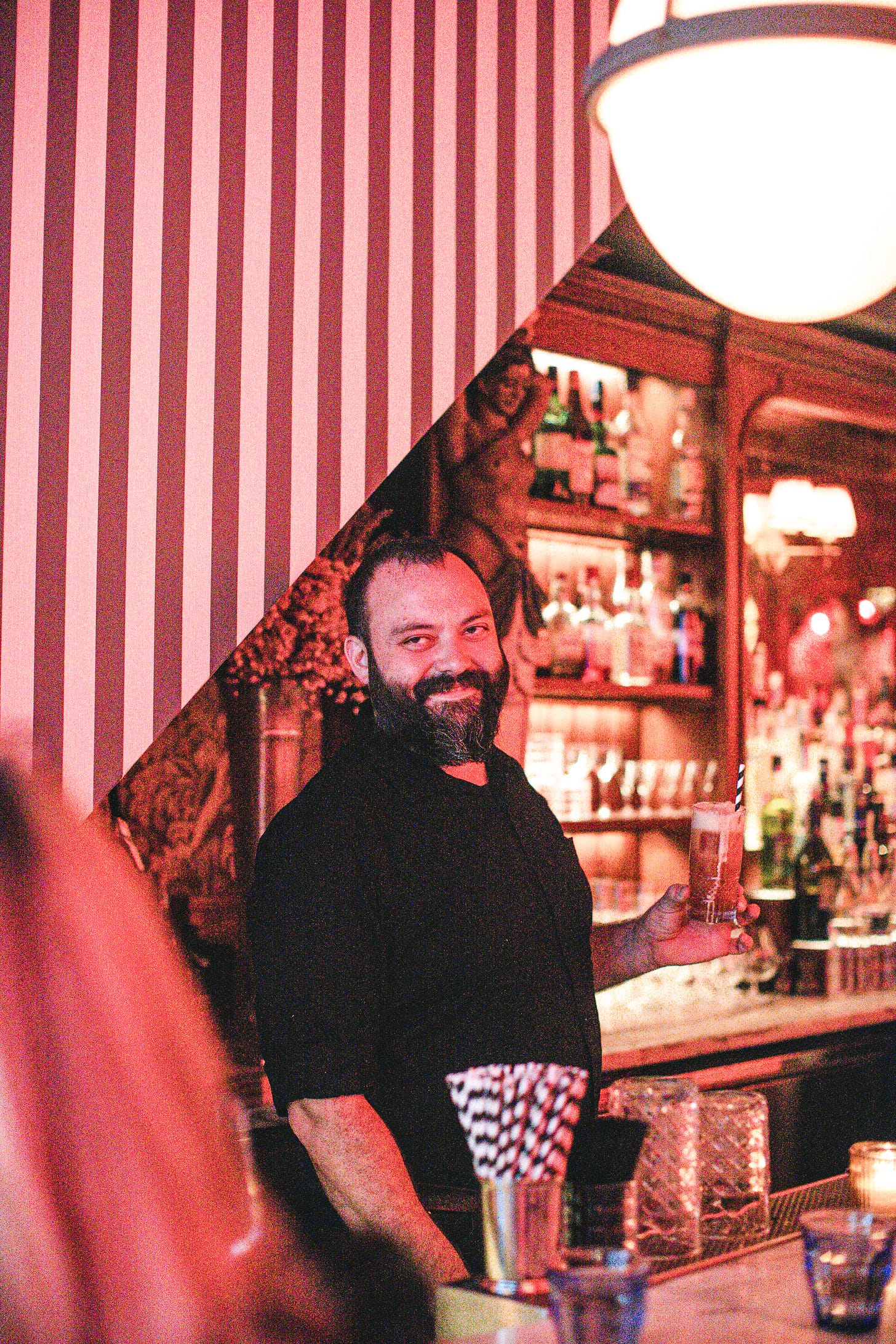
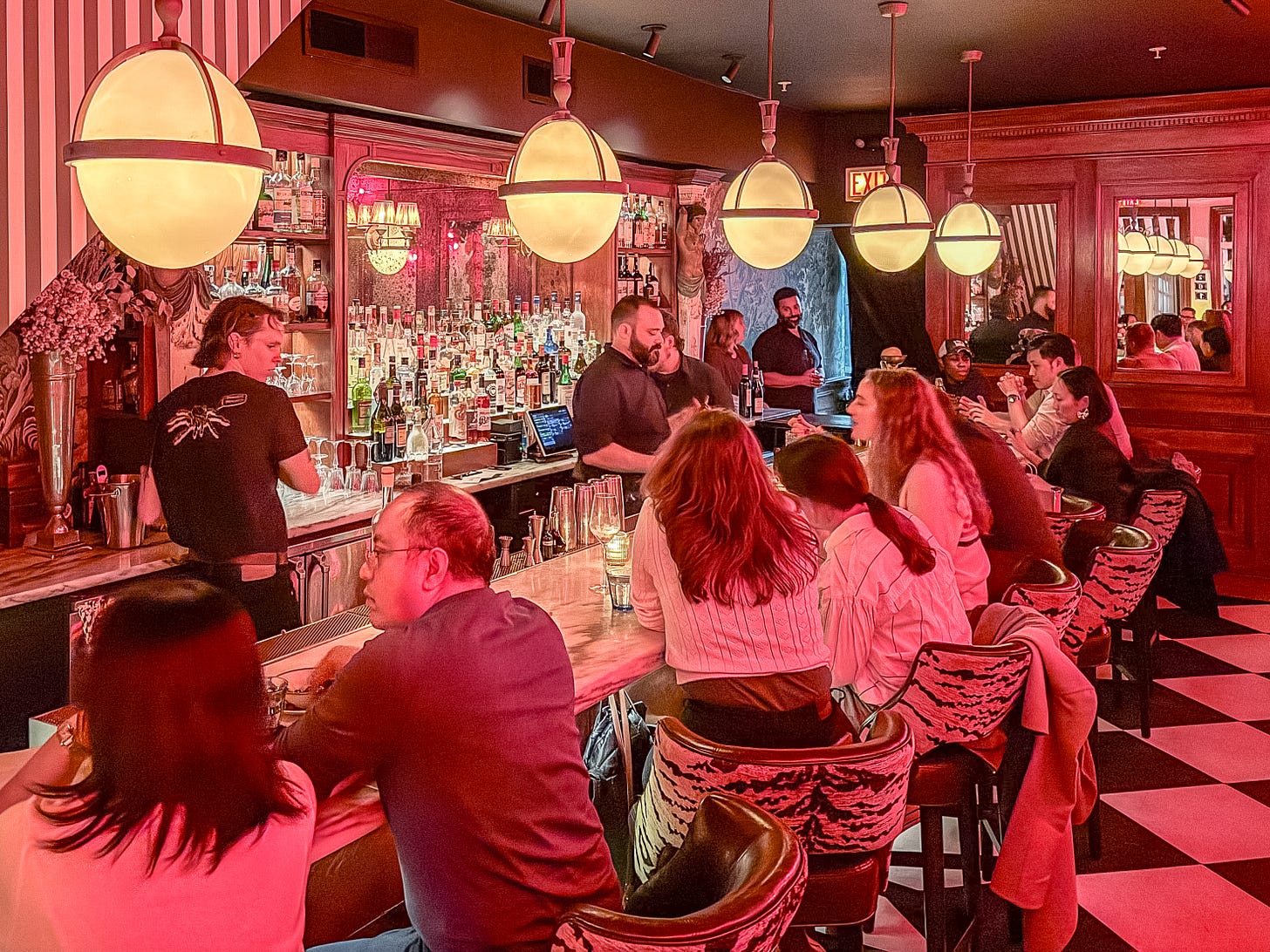
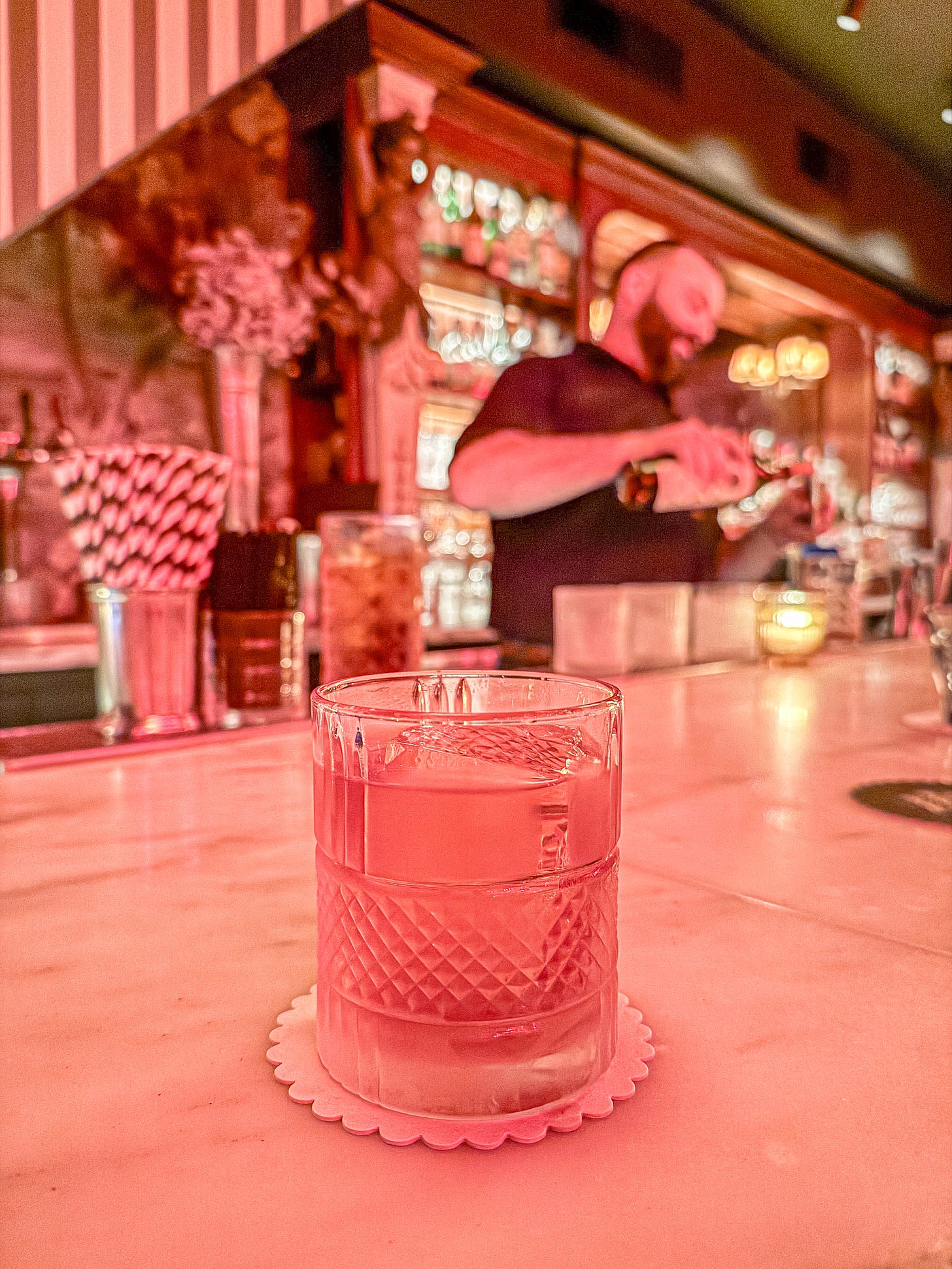
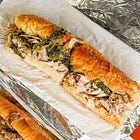





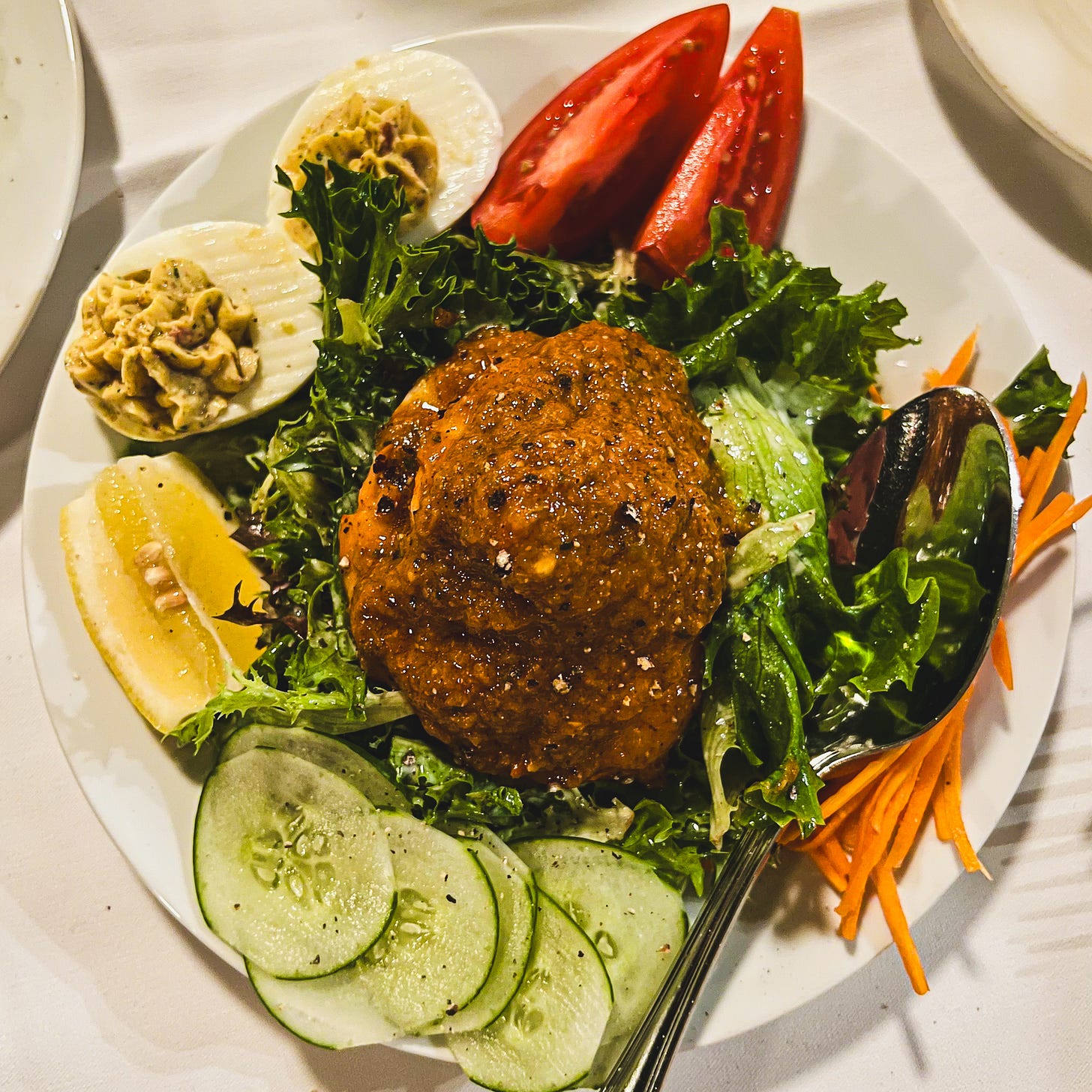



Absolutely obsessed with this blend of math, constraint, and creative freedom.
MacDonald turning the Fibonacci sequence into a cocktail language feels like synesthesia in a glass — not just mixing flavors, but orchestrating progression. There’s something almost poetic about a menu that isn’t a list, but a wheel, where each shift isn’t a new idea but a permutation within a system.
The concept reminds me of generative design in art and AI — where constraints don’t limit creativity, they trigger it. As in: what new combinations can emerge when you say “this is the only math you’re allowed to play with”?